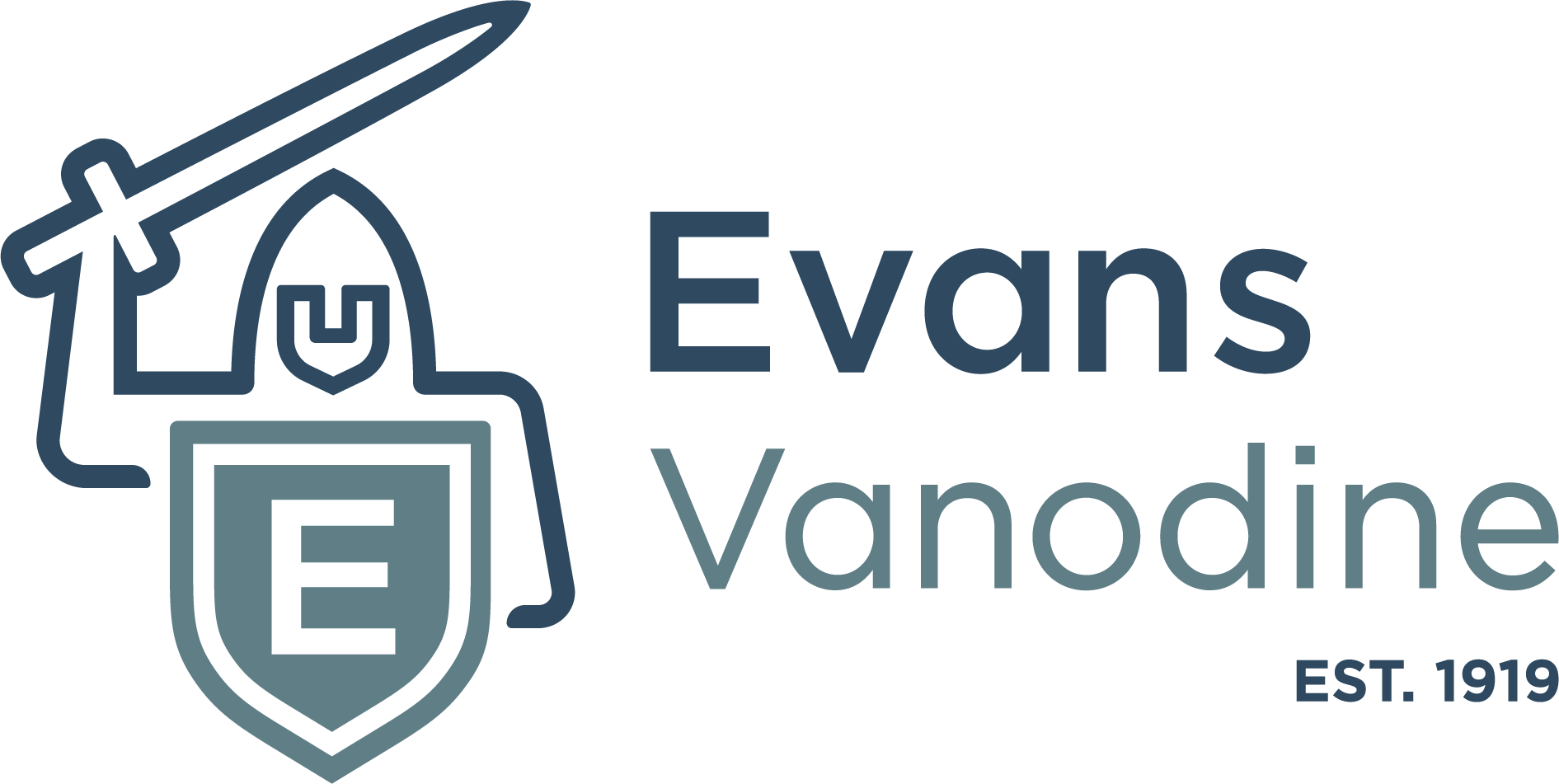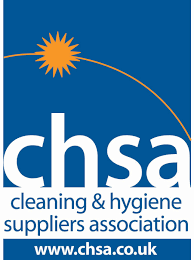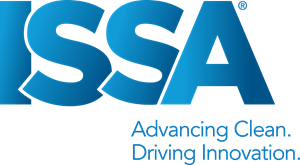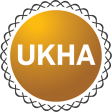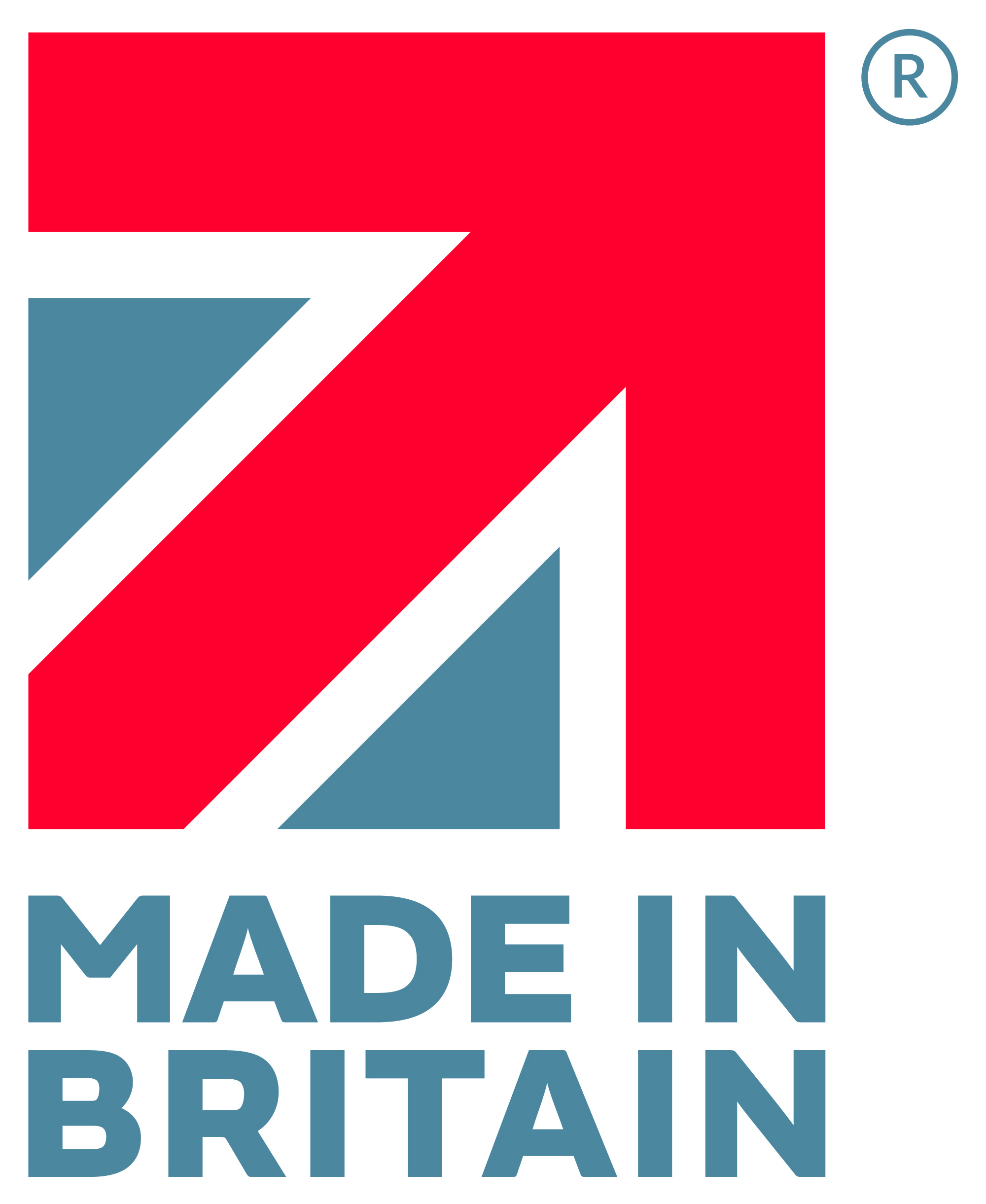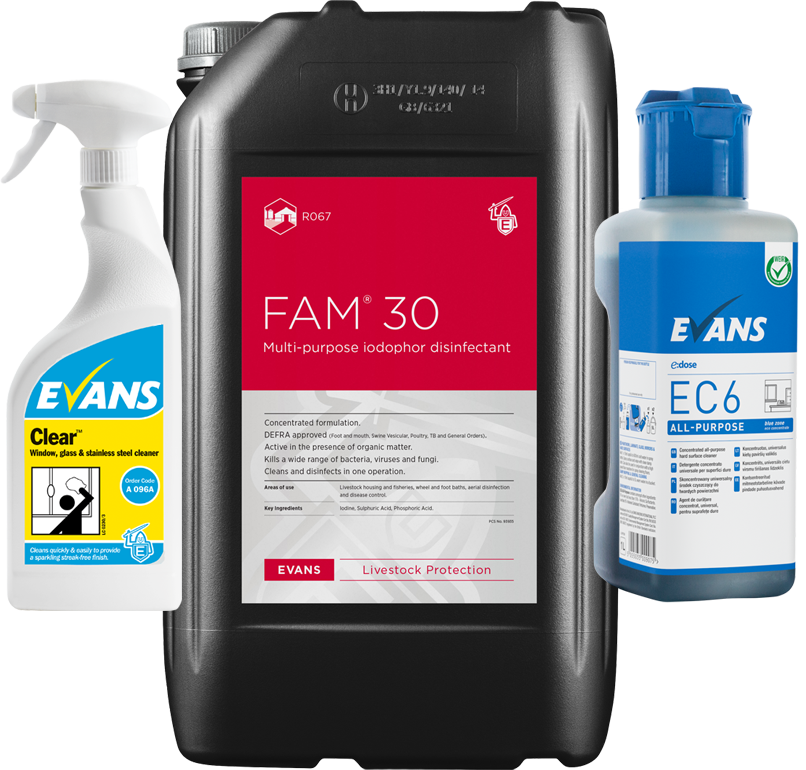We are now reviewing our products under the new Globally Harmonised System of Classification and Labelling of Chemicals (GHS). This system was created to standardise how the hazardous properties of chemicals are classified throughout the world.
GHS is implemented in the EU via the CLP Regulation (Classification, Labelling and Packaging), where previously chemical products were regulated in the UK under CHIP. To find out more about the background of this system, please refer to our earlier article Click here.
How products are Classified
As before, a system of calculations and thresholds is used to classify the products. This avoids the need for any unnecessary animal testing. Products containing ingredients that are over a certain threshold level are required to display the corresponding Hazard Pictogram and Statements on the label.
New Pictograms, Signal Words and Statements
New red diamond shaped Hazard Pictograms will replace the orange square Hazard Symbols, though some of the internal images are similar.
The new symbols are:

The orange CHIP symbols were accompanied by ‘Indication of Danger’ words, such as Toxic, Corrosive, Irritant etc but CLP will replace these with two new ‘Signal Words’. The word which appears with the pictogram will depend on the hazard class and category - severe hazards will include the word ‘DANGER’, whilst all others will include the word ‘WARNING’.
The ‘Risk (R) Phrases’ are to change to ‘Hazard (H) Statements’
H200-H299 Physical Hazard
H300-H399 Health Hazard
H400-H499 Environmental Hazard
and the ‘Safety (S) Phrases’ are to change to ‘Precautionary (P) Statements’
P100-P199 General e.g. Keep out of reach of children
P200-P299 Prevention e.g. Protect from moisture
P300-P399 Response e.g. IF ON SKIN:
P400-P499 Storage e.g. Store locked up
P500-P599 Disposal e.g. Dispose of contents/container to. . .
Previously ‘Not Classified’ products
Some of the threshold levels in CLP are lower than under CHIP. For example under the CHIP system a product would need to contain more than 20% of an ingredient classified as R36 (Irritating to eyes) to trigger an ‘Irritant’ hazard symbol but under CLP this is reduced to 10% to trigger a hazard pictogram. This will result in many products being classified where previously they were not.
The product formulation has not changed, only the system used to classify it.
In our estimation, as many as 80% of previously non-classified products will now include a Hazard Pictogram on the label.
Versatile product label under old system CHIP – product was not classified:

Versatile product label under new system CLP – product is no classified:

Interpretation of the “Corrosive” Image
As mentioned above, some threshold levels are lower under CLP than under CHIP.
This particularly affects the Hazard H318 ‘Causes serious eye damage’ (Which was R41 ‘Risk of serious damage to eyes’ under CHIP). This has changed significantly from a 10% threshold triggering an ‘Irritant’ symbol to a 3% threshold, triggering a GHS05 ‘Causes Damage’ pictogram.

The image we currently recognise as “corrosive” is and still will be used on Caustic Soda based products such as DISHWASH and OVEN CLEANER. However in the future it will ALSO be used on products which may contain only 3% of certain types of ingredients. It is now very important that users read the Hazard Statements on CLP labels rather than just relying on a glance at the image.
Concerns Over Classification
We accept, and agree, a global system of classifying cleaning chemicals is necessary but obviously there are concerns about how end users will react to seeing Hazard Pictograms on products where previously there were none.
After 20 plus years of CHIP symbols it is important that users are educated to understand the new Pictograms and Statements and how these affect the assessment and subsequent use of PPE if required.
We would like to point out that the hazard classification on the label applies to the undiluted product only.
Communication and Training
It is going to be very important that users of chemicals are fully aware of the changes and understand the regulations. It is the responsibility of cleaning chemical manufacturers, such as Evans Vanodine, to communicate with customers and issue detailed product support information as the changes occur. This information will then need to be relayed to end users so they are able to recognise the new Pictograms and the associated risks and the need to review COSHH Risk Assessments.
Conclusion
It is important to remember that to minimise the risks associated with a product, it should be used as recommended, which is stated on the label, Safety Data Sheets and through training.
If you use chemicals at work, you should:
1. Look out for communication regarding Classification changes on products and check that you are doing what is needed to use the chemical safely.
2. Check the Hazard and Precaution Statements that accompany the Hazard Pictogram on the label.
3. Follow the advice provided on the new labels and, where appropriate, in Safety Data Sheets and use Personal Protective Equipment (PPE) if required.
4. Review COSHH Risk Assessments and update if necessary.
5. If you are an employer, alert your employees to these changes and provide adequate information, instruction and training.
You will find further details on CLP Regulation via the Health and Safety Executive (HSE) website http://www.hse.gov.uk/chemical-classification/index.htm
If you have any further queries regarding these changes, please contact your Evans Vanodine Area Sales Manager.
To download a printable version of this explanation, click /assets/CLP_explanation_Evans_Vanodine.pdf
